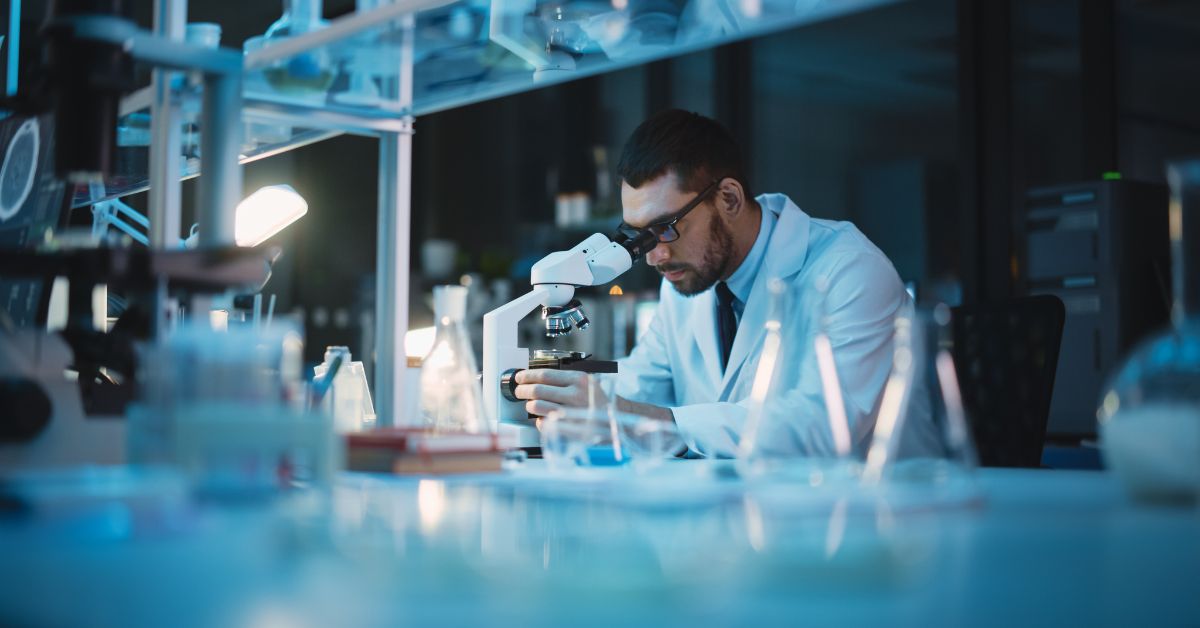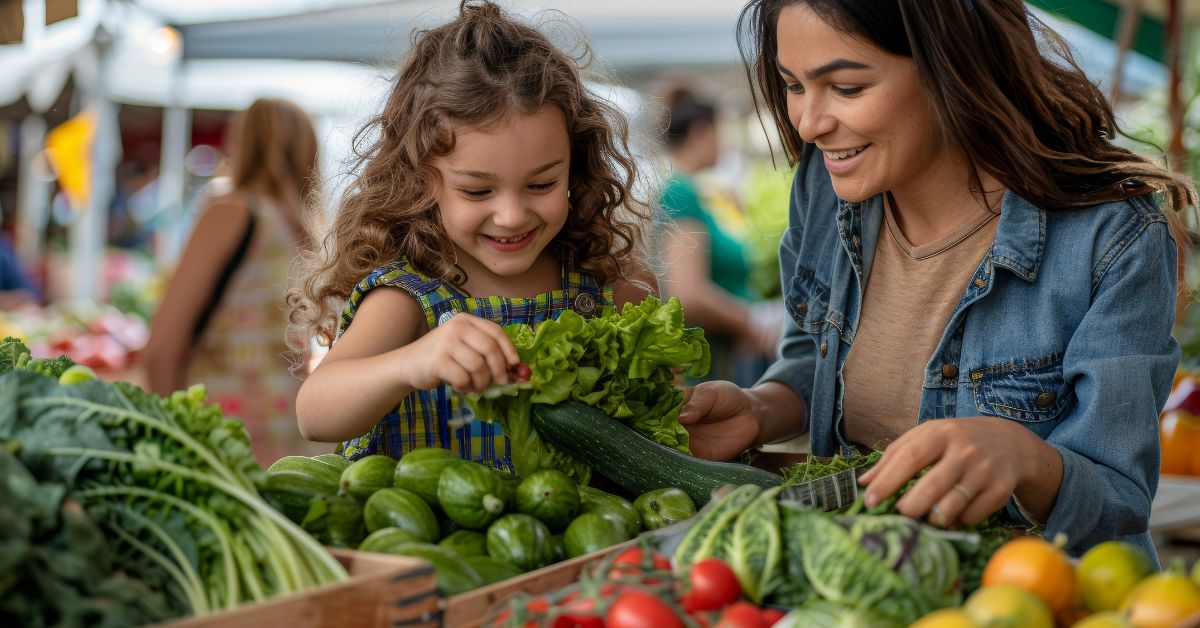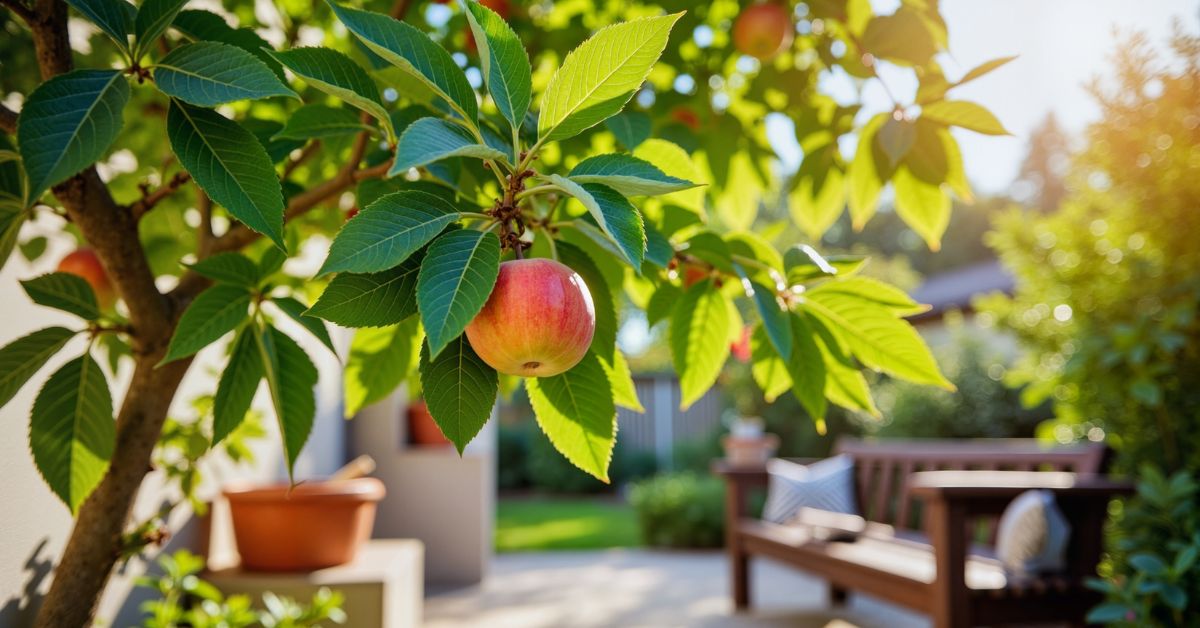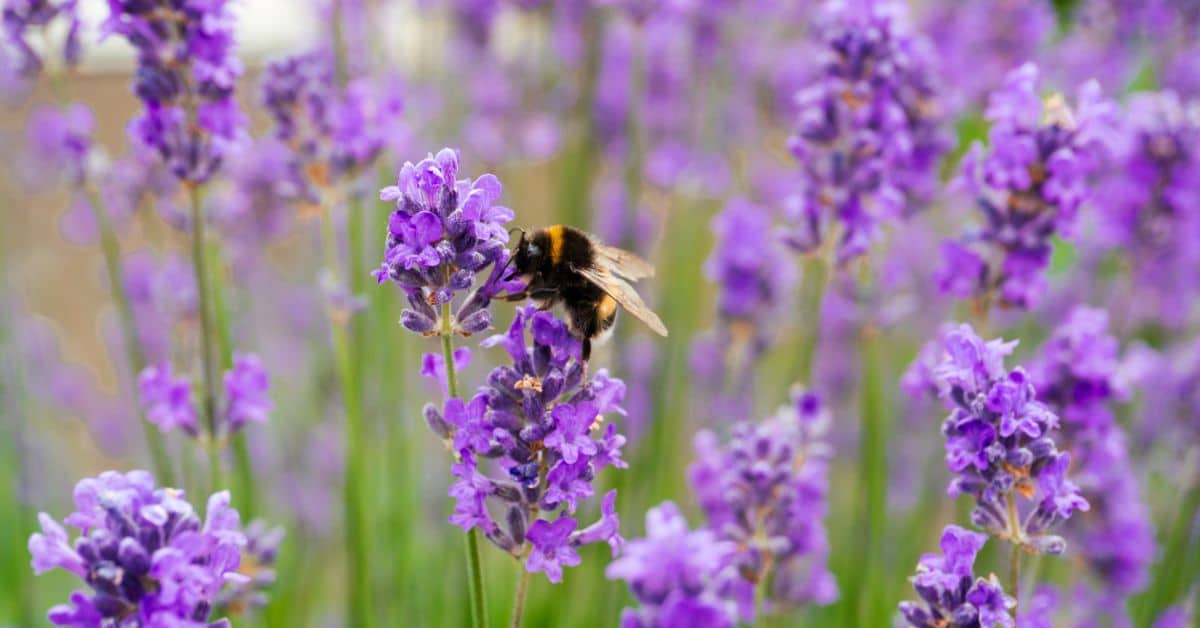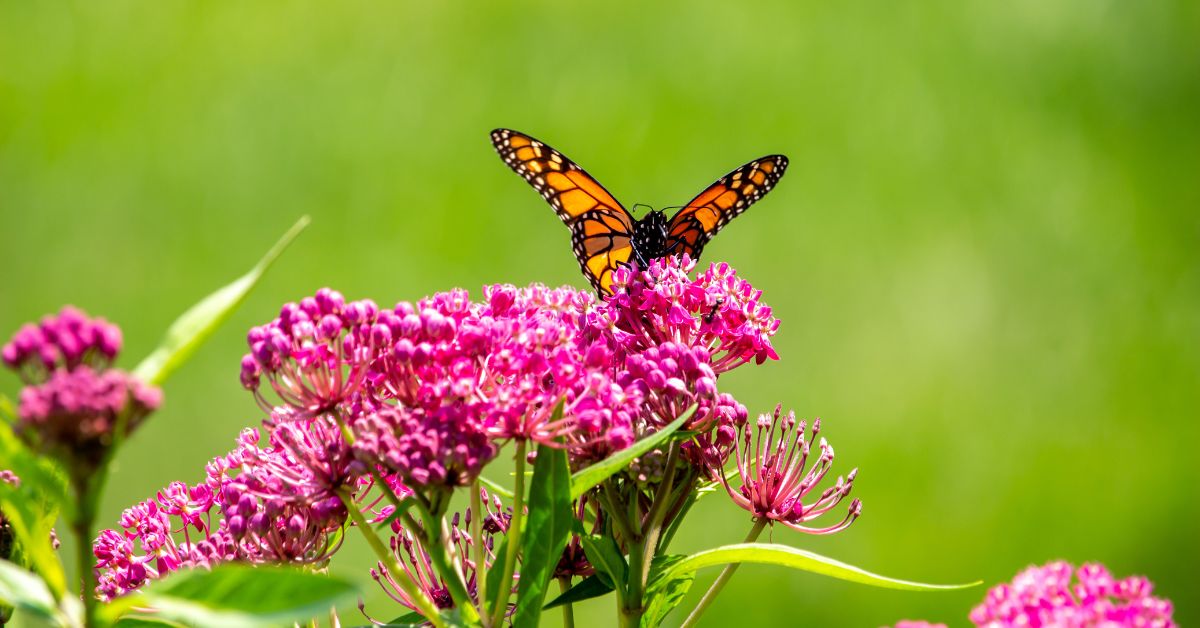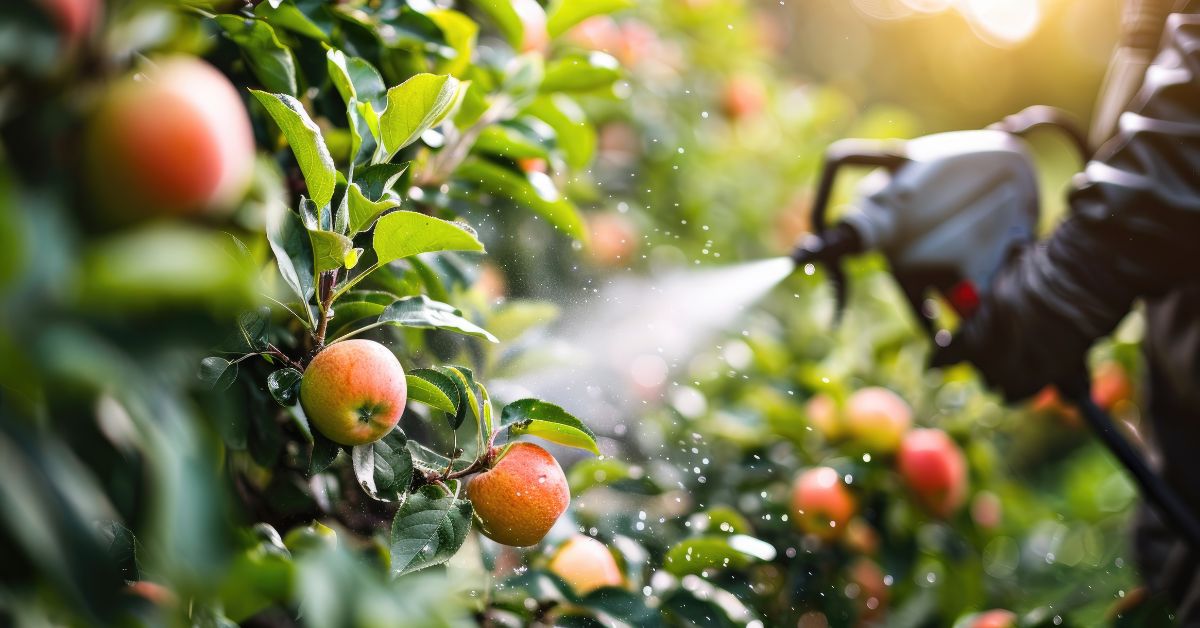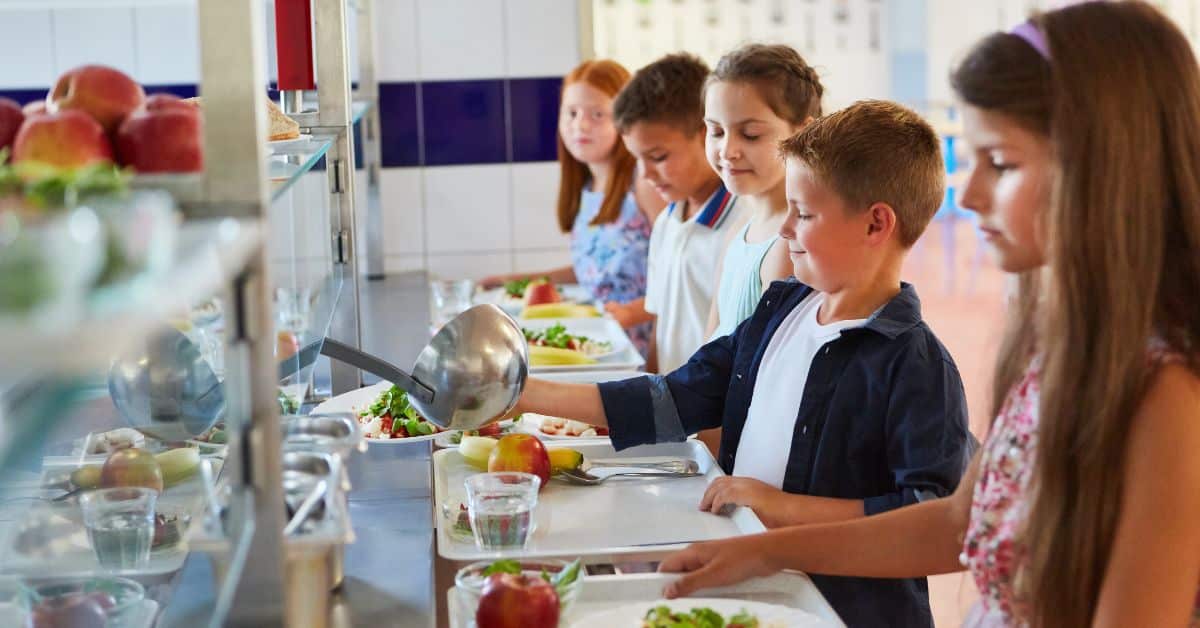

Many people draw inspiration from a short quote, or even a single word. Are you one of them? Do you hold a particular idea closer to the heart? Perhaps it’s fixed by a magnet to your refrigerator, tucked in your wallet, or placed on your dresser?
For my own mantra, I’ve gravitated toward “Generativity.” I’m reminded of it every day that I sit down to work at my computer, where it’s taped. Generativity is the process of seeking social arrangements that release unseen human potential. It’s the opposite of stagnation and the engine of progress. It assumes possibilities, both within and between people. As an educator, generativity has resonated with me for a long time. It’s a process I try to cultivate every day.
But that doesn’t mean it’s perfect, or that nothing is missing from the word. I don’t presume to know how human potential will express itself at all times. Who could? If you’re in the business of releasing human potential, how do you make sure you aren’t releasing narcissism and greed along with it? How do you make sure that unleashed individual potential doesn’t come at the cost of the collective potential, or that the very elements of our survival—the earth and the air and the water of our natural world—aren’t caught in the crossfire of our human progress?
This is something I’ve thought about a lot recently, and I think it warrants an amendment to my mantra—an extension to generativity. I’ve been thinking a lot about eco-generativity: social arrangements that bring forth the potential within and between ourselves, but also within and between ourselves and nature. It raises many questions. What is “best behavior” as it applies to engaging with nature? How do we show respect for life and create vibrant communities, where the whole is fully embraced? What is our impact on the environment in the first place?
Do you know what the biggest contributors to climate change are?
Asking these kinds of questions has never been more important; just look at what’s happening to the environment and you’ll see why. Climate change has accelerated at an astonishing pace. Ice caps—which regulate ocean currents, affect weather patterns, and support many native life forms—are disappearing; desertification threatens 1/3 of the planet and 1.5 billion people worldwide; as many as 137 plant, animal, and insect species die off every day as a result of deforestation. The bleak list goes on and on—these three examples make up only the smallest tip of our ever-shrinking iceberg.
And eco-generativity demands this information, but it also demands a more informed brand of decision making. To defeat these problems, we must deal with them strategically. Do you know what the biggest contributors to climate change are? Do most people know that a leading cause can be summarized in three familiar words: breakfast, lunch, and dinner? Are we taught the impact of food production and consumption on land use, water scarcity, the destabilization of communities, world hunger?
I’m not here to lecture you. These are questions I ask myself all the time. And this act of questioning itself is the anchor of eco-generativity. These are the recurring questions in my auto-interrogation: How am I responsible? How can I hold myself accountable?
I always try to let evidence drive my answers to these questions. The evidence is sometimes startling. I’m sometimes forced to reevaluate old assumptions. For example, did you know that one estimate has suggested that 51% of all worldwide greenhouse gases can be attributed to livestock and the byproducts of its production? Or that no matter how often people talk about CO2 emissions, methane (a byproduct of the livestock industry) could be far more potent? The intergovernmental panel on climate change estimates that methane warms the planet 86 times as much as CO2. And for all the talk of food waste, have you considered how much is wasted in the process of producing your food? Did you know that cows eat 135 billion pounds of food and drink 45 billion gallons of water daily? Compare that to humans— 21 billion pounds of food and 5.2 billion gallons of water daily.
This isn’t about vilifying individual farmers or individual consumers. And I’m not suggesting that you let the faucets run in your house, or that the impact of your gas guzzling SUV is insignificant. I’m not suggesting that you shouldn’t recycle or that you should emulate me. I would, however, like to continue sharing some of the things I’ve been thinking about, and some of the things I’ve been doing.
I’ve been on a plant-based diet for over 25 years. During that time, I’ve raised two sons (now adults) on the same diet; I’ve learned how to prepare simple, easy, and delicious whole food plant-based meals; and I’ve hosted retreats through Global Roots, in which I’ve helped others transition to this kind of lifestyle. I recently built a home and education center in La Cumbre, Dominican Republic. I have three acres of land here and I use it to grow my own organic food. If I can’t grow it, I buy it from local farmers. This is the challenge I’ve set myself (what I originally called the “Global Roots Challenge)—to live 100% off the land, give or take a 20-mile radius. I’m constantly working with local groups, farmers, and neighbors to learn about new produce, create new recipes, and share my food. As a result, I’ve not only come to appreciate my environment more, but also engaged more with my community.
This lifestyle has also engaged my curiosity and problem solving in unexpected ways. A couple years ago I would’ve driven to my nearest grocery store to buy fruit. Now that I’m trying to grow my own fruit trees, I’m invested in the challenges faced by fruit trees. I am far more entangled in their wellbeing—the things which threaten them also threaten my delicate way of life here. Twenty-five years ago, this part of the Dominican Republic was covered with native species of oranges, grapefruits, mangos, tamarind, and much more. Now? Not so much. It’s not hard to see how this fits in with other changes—the declining bee population and the increasing pesticide use. This challenge raises a whole another set of questions. What can I do to bring back the bees? What can I grow to support their population? Is it even possible to do so, if neighboring farms continue to use pesticides?
I’ll be discussing these challenges, and many others, in a series of articles from Global Roots for nutritionstudies.org focusing on food and the environment. But I also want to indulge in the joy of bounty, which comes with its own set of questions: what to do with all the wonderful cacao, cassava, passion fruit, chayote, sweet potatoes, and Caribbean pumpkin? I’ll include, both in English and Spanish, all sorts of recipes, gardening tips, and articles on the environmental impacts of our food choices. In short, I want to share the practical application of eco-generativity. I want to give it a platform to grow.
Copyright 2025 Center for Nutrition Studies. All rights reserved.
Deepen Your Knowledge With Our
Plant-Based Nutrition
Certificate
Plant-Based Nutrition Certificate
- 23,000+ students
- 100% online, learn at your own pace
- No prerequisites
- Continuing education credits


